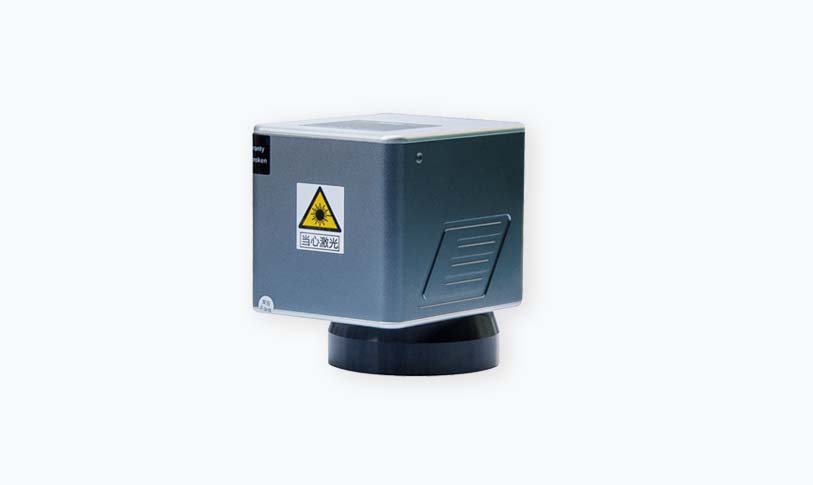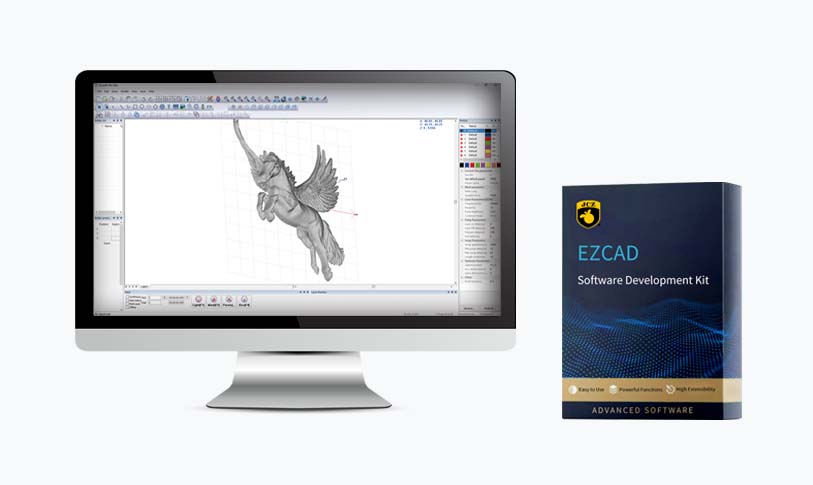[2d galvo scanner]The Introduction of 2D Galvo Scanners: A Comprehensive Guide to Their Technology and Applications
News 2025-7-28
In today's world of high-speed manufacturing and precision scanning, the 2D Galvo scanner has become an indispensable tool in various industries. This advanced scanning technology has revolutionized the way we approach scanning and machining tasks, delivering precision, speed, and efficiency. This article provides a comprehensive guide to the technology behind 2D Galvo scanners and their applications in different fields.
What is a 2D Galvo Scanner?

The Introduction of 2D Galvo Scanners: A Comprehensive Guide to Their Technology and Applications
Technology Behind 2D Galvo Scanners
The technology behind 2D Galvo scanners involves the use of two galvanometer mirrors, one for each axis (X and Y). These mirrors are mounted on a stable platform and are controlled by a driver board that receives input signals from a computer or other sources. The input signals determine the movement of the mirrors, which in turn deflects the beam of light to scan a specific pattern on the target surface. The precision of scanning is achieved through the use of feedback mechanisms that monitor the position of the mirrors and adjust their movements accordingly.
Applications of 2D Galvo Scanners
The applications of 2D Galvo scanners are numerous and span across various industries. They are widely used in laser manufacturing, printing, barcode scanning, medical devices, and other fields that require high-speed and precise scanning. Some of the specific applications include:

The Introduction of 2D Galvo Scanners: A Comprehensive Guide to Their Technology and Applications
2. 3D scanning and printing: They are employed to scan objects for 3D modeling and printing applications, delivering high-resolution results.
3. Medical devices: Galvo scanners are used in medical devices such as laser surgery systems, where precision and speed are critical.
4. Barcode scanning: They are employed in barcode scanning applications, delivering fast and accurate scanning of barcodes.
5. Industrial automation: 2D Galvo scanners are used in industrial automation systems for quality control, inspection, and sorting tasks.
Advantages of Using 2D Galvo Scanners
1. High speed: Galvo scanners offer high-speed scanning, enabling faster processing and production rates.
2. Precision: They provide extreme precision in scanning, delivering accurate results even at high speeds.

The Introduction of 2D Galvo Scanners: A Comprehensive Guide to Their Technology and Applications
4. Versatility: They can be used in various applications across different industries.
In conclusion, 2D Galvo scanners are an essential tool for high-speed and precision scanning applications. Their technology and versatility have made them an indispensable part of various industries, delivering efficiency and accuracy in tasks that require scanning and machining. With the continuous advancement in technology, the applications of 2D Galvo scanners are further expanding, paving the way for new opportunities and innovations in different fields.